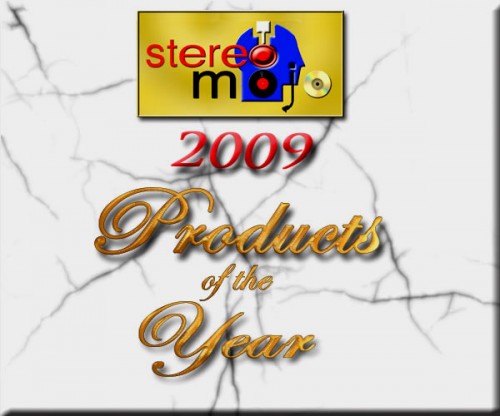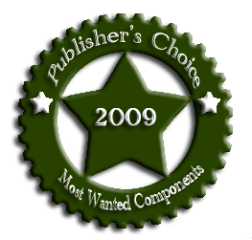Gratuitous Self Promotion
Thursday, July 8th, 2010A review of the HMA-1000 from the Stereo Times!!!
From Stereo Times’ Clement Perry:
“Interestingly, the first thing I noticed was the quality of the high-frequencies: something most Class-D detesters swear would never improve. Yet, I could hear improved subtleties in Billy Higgins’ ride cymbal on the track entitled Mr. Kenyatta from Lee Morgan’s explorative and excellent “Search for the New Land.” This was something I did not expect. Yeah, I expected the high power HMA-1000s to increase contrast and dynamics: which it did without a blush. I also expected the soundstage to increase both laterally and front-to-back because of all that power, control and grip. What I did not expect, however, was the improved resolution, sense of focus and added extension to the highs.”
From Stereo Times’ Carlos Sanchez:
“Who would buy this amp? Me, and anyone else who just so happens to enjoy their music collection more than the electronics that drive them. In essence, the HMA-1000s forces you to forget about what’s driving the music. In short order, the HMA-1000s have proven to be ultra-musical while packing a powerful bang for the buck. Don’t be fooled by its small foot-print and utilitarian look. In fact, I think its minimalist design has a lot to do with its unusually high levels of transparency coupled by quick and nimble starts and stops (transient speed) bass grip and control. They more than lived up to the praise CP spoke of before having ever heard of them. In the end, the Hephaestus HMA-100s won me out by providing a bigger more natural sound than my beloved Bel Cantos in an even smaller package. Surprised? Yeah, you bet.”
I’ve been very fortunate to have this opportunity to work with Clement Perry. He asks great questions and has great observations – observations that have been very helpful in the development of my little amplifier. Thanks Clement!












